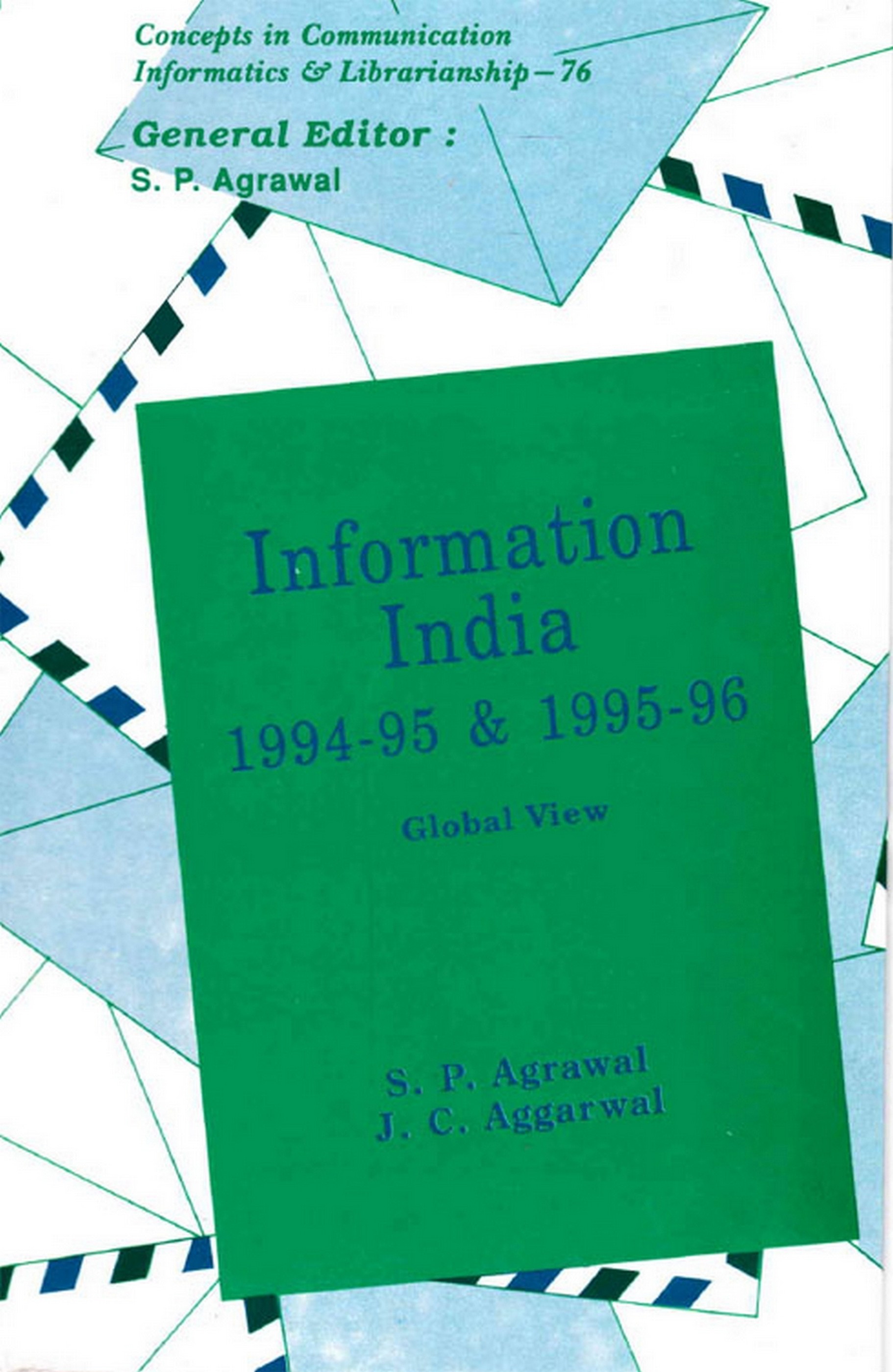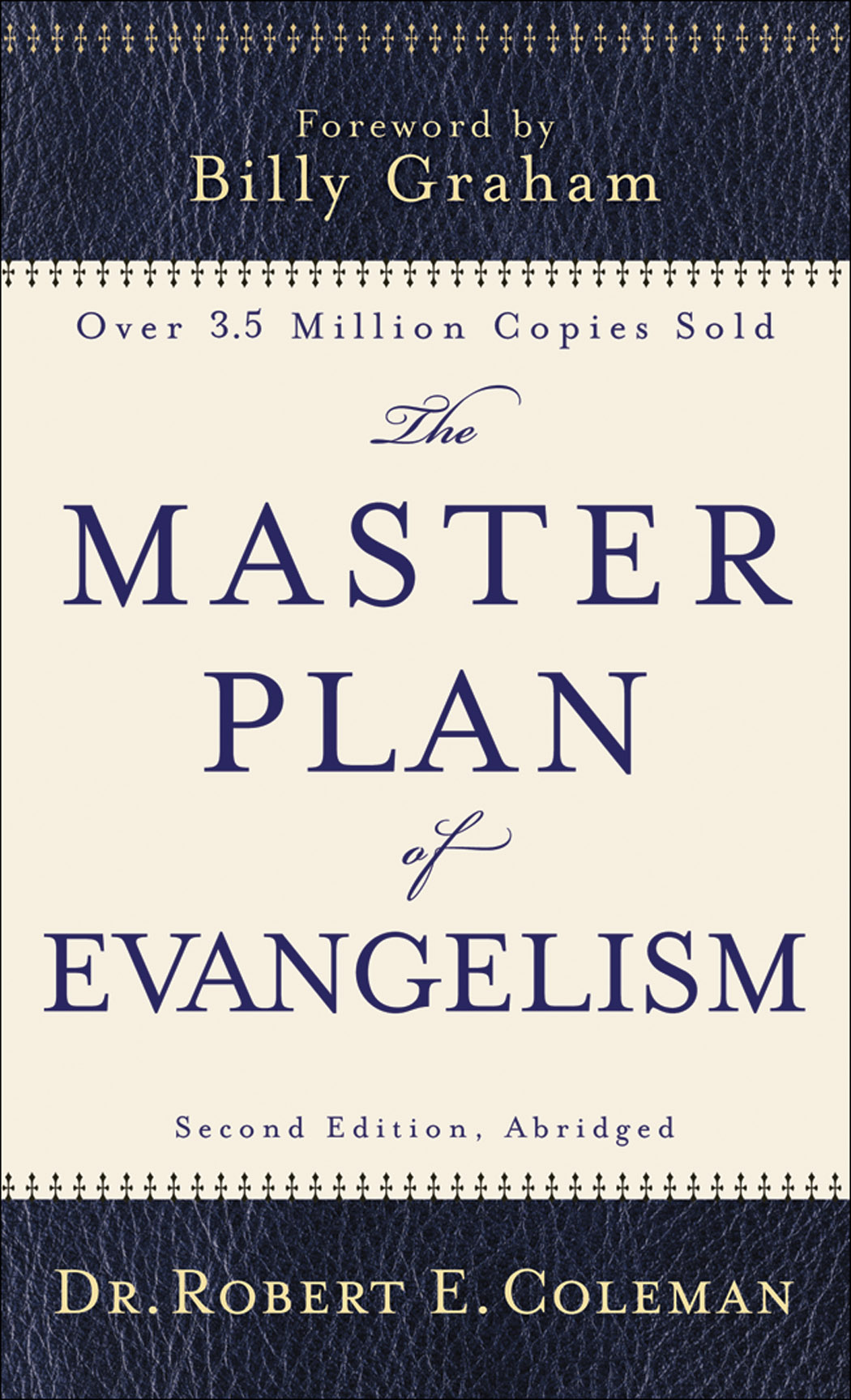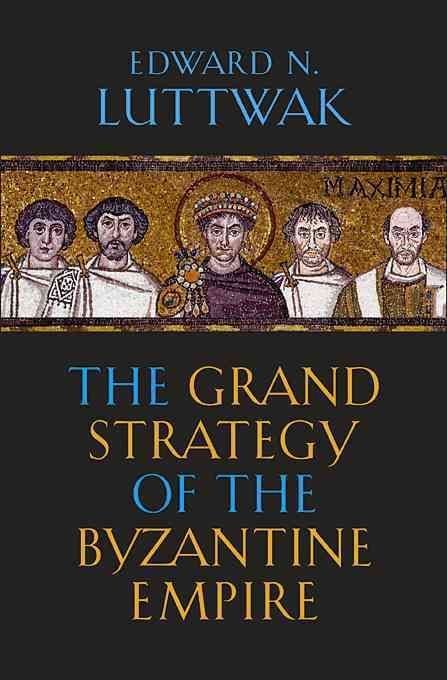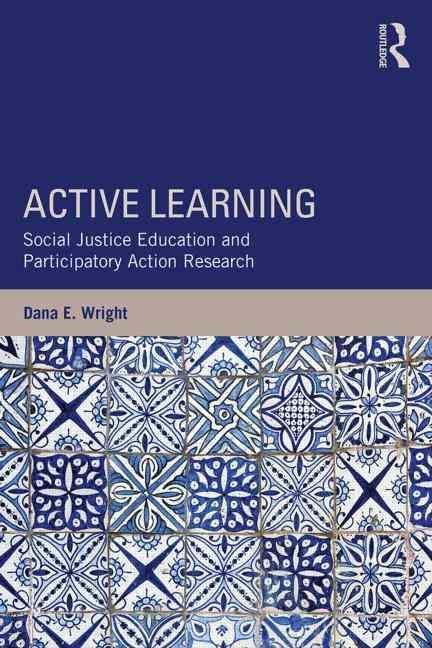The city of Calcutta, with its three million inhabitants, is a part of India’s largest conurbation, Greater Calcutta, which has a population of some seven million. As a result of immigration from the rural areas of West Bengal and from other parts of India, as well as of massive influxes of refugees after the partition of Bengal in 1947 and the creation of East Pakistan (now Bangladesh), Calcutta has had to grapple with particularly acute problems of urbanisation and employment, including a rate of unemployment estimated at about 15 per cent of the labour force in 1971 These problems are penetratingly discussed, with a wealth of supporting statistical and other evidence, in this study. The author explains some of the difficulties that exist. Especially revealing is his analysis of the varied composition of Calcutta’s population and of the attitudes of different sections of it towards particular types of employment. Of special interest, too, is his argument that development of Calcutta’s rural hinterland by modern argicultural methods can not only stem the drift from the surrounding countryside to the city but also increase opportunities for employment in Calcutta’s already well developed engineering industries by creating a demand for agricultural equipment. This is the first of a proposed collection of ILO case studies of urbanisation and employment in selected cities in developing countries. The World Employment Programme (WEP) was launched by the International Labour Organisation in 1969, as the ILO’s main contribution to the International Development Strategy for the Second United Nations Development Decade. The means of action adopted by the WEP have included" the following : -short-term high-level advisory missions ; -longer-term national or regional employment teams; and -a wide-ranging research programme. Through these activities the ILO has been able to help national decision-makers to reshape their policies and plans with the aim of eradicating mass poverty and unemployment. A landmark in the development of the WEP was the World Employment Conference of 1976, which proclaimed inter alia that “strategies and national development plans should include as a priority objective the promotion of employment and the satisfaction of the basic needs of each country’s population”. The Declaration of Principles and Programme of Action adopted by the Conference have become the cornerstone of WEP technical assistance and research activities during the closing years of the Second Development Decade. This publication is the outcome of a WEP project.












